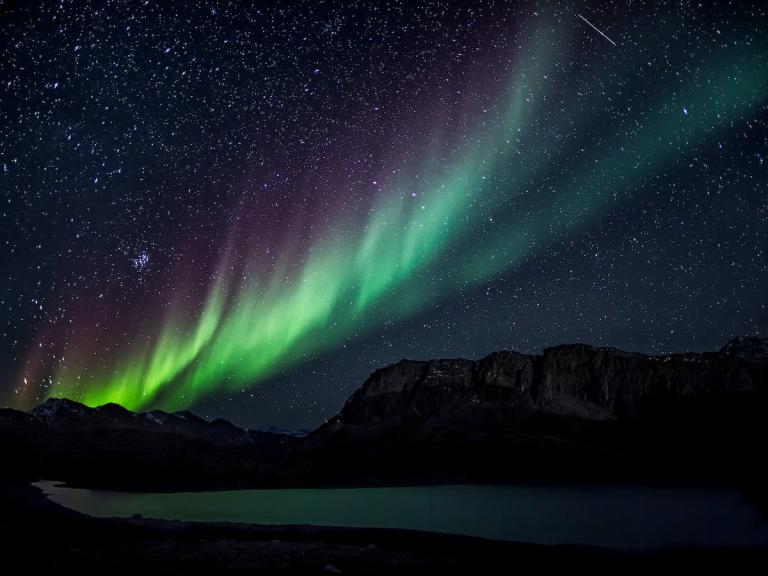
Days after parts of the world were impacted by the most significant solar flare since 2017, NOAA’s Space Weather Prediction Center now warns the Earth could be in store for more geomagnetic impacts, which includes a display of the Northern Lights.
The agency issued a Geomagnetic Storm Watch for increased solar activity, and experts have observed multiple coronal mass ejections from the Sun, which have sent particles of plasma hurling toward Earth. During an update, NOAA said, “Multiple CMEs from 14 and 15 Dec are likely to cause G-1-G2 (minor-moderate) geomagnetic storm conditions on 16-17 Dec.” Early indications from the agency indicate the event could reach the value of a 6 on the Kp index scale, which ranges from 0 to 9.
On the heels of what was likely one of the largest solar radio events ever recorded yesterday, scientists at NOAA’s Space Weather Prediction Center have detected multiple Coronal Mass Ejections (CMEs) and have issued a Geomagnetic Storm Watch. The G1-G2 (Minor – Moderate) storm… https://t.co/h6AmcxMLgl pic.twitter.com/4tTWRIUYDu
— National Weather Service (@NWS) December 15, 2023
Previous events of this magnitude have caused dancing coloring of red, green, and even purple to be visible from Seattle to Minneapolis and Buffalo, New York. Clouds and light pollution are known to interfere with viewing and can reduce the scope of where the auroras are visible. If the event is underestimated, communities further south might have a chance of seeing the northern lights. A more significant solar event would make the light show visible in cities such as Chicago, Detroit, Green Bay and Des Moines, Iowa.
Aside from producing auroras, the geomagnetic storm has the potential to impact power grids, spacecraft and communication equipment. NOAA said electric transformer damage is possible, and radio signals might be susceptible to fade during a long-duration event. In the last report, the event was expected to reach a level of G2 on NOAA’s 5-point scale of geomagnetic activity. An event that reaches G2 is considered to be moderate, but if a level G3 is reached, the activity would be considered to be strong and have broader impacts.
Solar activity, including coronal mass ejections and solar flares, have been on an uptick as what is known as Solar Cycle 25 reaches its expected peak in 2024. A solar cycle is a sequence the Sun’s magnetic field goes through every 11 years, where the field flips. Solar Cycle 25 began in 2019 and could last until 2030 if predictions are accurate.
